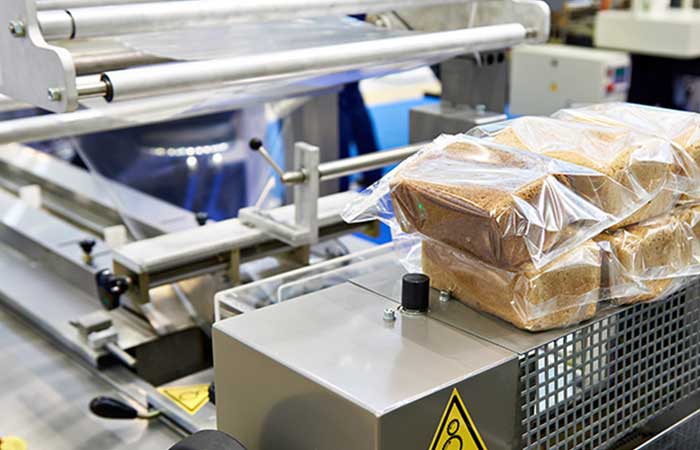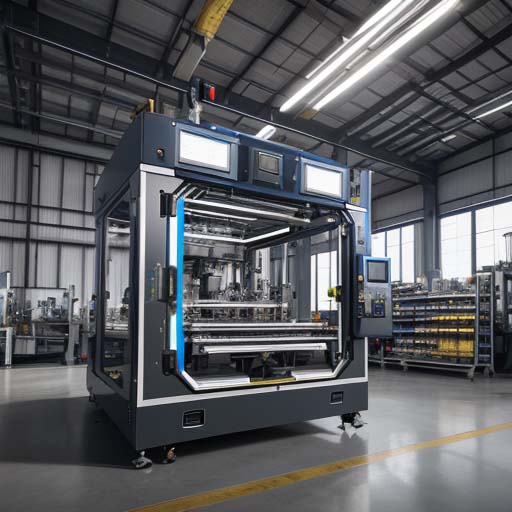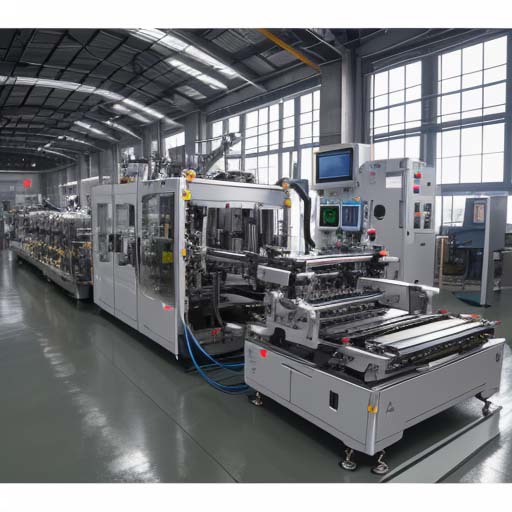Packaging Equipment Brakes: A Vital Component for Safety
Packaging Equipment Brakes: A Vital Component for Safety
When it comes to packaging machinery, one crucial but often overlooked component is the braking system. Packaging equipment brakes play a vital role in ensuring the safety and efficiency of the entire operation.
Imagine a scenario where your packaging equipment is running at full speed, processing items with precision and speed. Abruptly stopping this machinery without a reliable braking system would not only lead to damaged products but also pose a significant risk to the operators.
In this blog post, we will delve into the importance of packaging equipment brakes, the various types available, and how regular maintenance can enhance both safety and productivity in your packaging facility.
The Importance of Packaging Equipment Brakes
Brakes in packaging equipment serve as the primary safety mechanism to stop or slow down machinery when needed. These brakes are crucial for preventing accidents, minimizing downtime, and protecting both products and personnel.
One of the key functions of brakes in packaging machinery is to ensure precise control over the system’s movements. Whether you are operating a conveyor belt, shrink wrapping machine, or palletizer, having responsive and efficient brakes can significantly impact the overall performance of the equipment.
Types of Packaging Equipment Brakes
There are several types of brakes commonly used in packaging machinery, each with its unique features and benefits:
- Electromagnetic Brakes: Ideal for applications requiring quick and precise braking, electromagnetic brakes offer instant engagement and disengagement, making them suitable for high-speed machinery.
- Spring-Applied Brakes: These brakes are designed to engage when power is cut off, providing a fail-safe braking option in case of power failure or emergency situations.
- Hydraulic Brakes: Known for their high torque capacity and smooth operation, hydraulic brakes are often used in heavy-duty packaging equipment where consistent braking force is required.
Maintenance Tips for Packaging Equipment Brakes
To ensure the longevity and effectiveness of your packaging equipment brakes, regular maintenance is essential. Here are some tips to keep your braking system in optimal condition:
- Inspecting for Wear and Tear: Regularly check the brake pads, discs, and other components for signs of wear and replace them when necessary.
- Monitoring Brake Performance: Test the brakes periodically to ensure they are responding correctly and provide adequate stopping power.
- Cleaning and Lubricating: Keep the braking system clean and well-lubricated to prevent friction and ensure smooth operation.
Enhancing Safety and Productivity
By understanding the critical role of packaging equipment brakes and implementing proper maintenance practices, businesses can enhance both safety and productivity in their packaging operations. Investing in high-quality brakes and following best practices for maintenance not only reduces the risk of accidents but also prolongs the lifespan of your machinery.
Remember, when it comes to packaging equipment, the brakes are not just a component—they are a crucial safeguard that ensures smooth and secure operation.
-
01
Automatic Tray Loading and Packaging Equipment: Boost Efficiency to 160 Bags/Minute
21-11-2025 -
02
Automatic Soap Packaging Machine: Boost Productivity with 99% Qualification Rate
21-11-2025 -
03
A Deep Dive into Automatic Toast Processing and Packaging System
18-11-2025 -
04
The Future of Bakery Production: Automated Toast Processing and Packaging System
18-11-2025 -
05
Reliable Food Packaging Solutions with China Bread, Candy, and Biscuit Machines
11-10-2025 -
06
High-Performance Automated Food Packaging Equipment for Modern Production
11-10-2025 -
07
Reliable Pillow Packing Machines for Efficient Packaging Operations
11-10-2025 -
08
Advanced Fully Automatic Packaging Solutions for Efficient Production
11-10-2025 -
09
Efficient Automatic Food Packaging Solutions for Modern Production
11-10-2025 -
10
Advanced Automatic Packaging Equipment for Efficient Production
11-10-2025


















